Society for Unaided Private Schools of Rajasthan v. Union Of India, (2012) 6 SCC 1
- ByPravleen Kaur --
- 06 Jan 2025 --
- 0 Comments
Society for Unaided Private Schools of Rajasthan v. Union Of India, (2012) 6 SCC 1
- Pramati Educational & Cultural ... vs Union Of India & Ors., [WRIT PETITION (C) No. 416 OF 2012]
- Christian Medical College ... vs Union Of India And Ors., [T.C.(C) NO.98 OF 2012]
- Environmental & Consumer ... vs Delhi Administration & Ors., [WRIT PETITION (CIVIL) NO. 631 OF 2004]
Background:
Constitution (Eighty-sixth Amendment) Act 2002 added Article 21A to the Constitution, which requires the state to provide free and compulsory education to all children aged six to 14. Following this Amendment, the Right of Children to Free and Compulsory Education Act 2009 (“2009 Act”) was enacted, which provides that children aged six to 14 have a right to free and compulsory education, and provides for a quota of 25% of school seats to be reserved for children from weaker and disadvantaged sections. Several private schools challenged the constitutional validity of the 2009 Act on the basis that the law, which imposed infrastructural and regulatory requirements on schools, violated their constitutional right to practise any profession or occupation under Article 19(1)(g), and violated the constitutional rights of minority groups to establish and administer schools under Article 30(1).
Issue and resolution:
Right to education. The majority of the Court held that the 2009 Act is constitutionally valid and shall apply to government-controlled schools, government-aided schools (including minority schools), and private unaided non-minority schools. However, the 2009 Act infringes the fundamental freedom guaranteed to unaided minority schools under the Constitution, therefore the Act shall not apply to such schools.
Radhakrishnan, J. in dissent held that the 2009 Act shall apply to all types of schools except unaided schools (whether non-minority or minority).
Court reasoning:
The main question is whether the 2009 Act violates Article 19(1)(g) of the Constitution, which gives every citizen the right to practise any profession or occupation. Under Article 21A of the Constitution, the State shall provide free and compulsory education to all children aged between 6 and 14 years in such manner as the State may, by law, determine. Accordingly, the State can determine whether it shall fulfill its obligation through its own schools, government-aided schools or unaided private schools.
From the scheme of Article 21A and the 2009 Act, the Court stated that it is clear that the primary obligation of the State is to provide for free and compulsory education to children between the age of 6 and 14 years and, particularly, to children who cannot afford elementary education. Correspondingly, every citizen has a right to establish and administer schools under Article 19(1)(g) so long as the activity remains charitable. Such an activity undertaken by private schools supplements the primary obligation of the State. The State can regulate by law the activities of private schools, including admission, by imposing reasonable restrictions in the public interest under Article 19(6) of the Constitution. The quota obligation imposed on private unaided non-minority schools is in the public interest and is a reasonable restriction for the purposes of Article 19(6). Therefore, the 2009 Act shall apply to private unaided non-minority schools.
Regarding unaided minority schools, Article 29(1) of the Constitution protects the right of minorities to conserve their language, script or culture, and Article 30(1) protects their right to establish and administer schools of their choice. Imposing a quota on such schools would result in changing their character and would therefore violate these minority rights. Therefore, the 2009 Act shall not apply to unaided minority schools.
Regarding government-aided minority schools, Article 29(2) of the Constitution protects every citizen’s right of admission into a State-aided school. Accordingly, the 2009 Act shall apply to aided minority schools.
Dissenting opinion:
Radhakrishnan J. in dissent found that the obligation is on the State and not on non-State actors to provide free and compulsory education to a specified category of children, therefore the 2009 Act shall not apply to unaided private schools (whether minority or non-minority). With regard to the realisation of children’s rights, Radhakrishnan J. held that the primary responsibility lies with the State; non-State actors have a negative duty to not violate children’s rights, but no positive obligation to make available those rights, such as the right to education.
Excerpts citing CRC and other relevant human rights instruments:
[Radhakrishnan J. (dissent):]
45. … Civil, political and socio-economic rights find their expression in several international conventions like U.N. Convention on Economic, Social and Cultural Rights 1966 (ICESCR), International Covenant on Civil and Political Rights 1966 (ICCPR), Universal Declaration of Human Rights 1948 (UDHR), United Nations Convention on Rights of Child 1989 (UNCRC) etc.
…
90. The Universal Declaration of Human Rights, 1948 (UDHR), the International Covenant on Civil and Political Rights (ICCPR) and the International Covenant on Economic, Social and Cultural Rights, 1966 (ICESCR), UN Convention on the Rights of the Child (UNCRC), 1989 throw considerable light on the duties and responsibilities of State as well as non-state actors for the progressive realization of children rights... UDHR, ICCPR, ICESCR, UNCRC and other
related international covenants guarantee children civil, political, economical, social and cultural rights. Article 4 of the UNCRC requires the State to undertake all appropriate legislative, administrative and other measures for the implementation of the rights recognized in the Convention.
…
92. … [R]eference may be made to Article 28(1)(a) of UNCRC which reads as follows: “States Parties recognize the right of the child to education, and with a view to achieving this right progressively and on the basis of equal opportunity, they shall, in particular: make primary education compulsory and available free to all”; Article 29 is also relevant for our purpose which reads as follow:-
1. States Parties agree that the education of the child shall be directed to:
(a) The development of the child's personality, talents and mental and physical abilities to their fullest potential;
(b) The development of respect for human rights and fundamental freedoms, and for the principles enshrined in the Charter of the United Nations;
(c) The development of respect for the child's parents, his or her own cultural identity, language and values, for the national values of the country in which the child is living, the country from which he or she may originate, and for civilizations different from his or her own;
(d) The preparation of the child for responsible life in a free society, in the spirit of understanding, peace, tolerance, equality of sexes, and friendship among all peoples, ethnic, national and religious groups and persons of indigenous origin;
(e) The development of respect for the natural environment.
2. No part of the present article or article 28 shall be construed so as to interfere with the liberty of individuals and bodies to establish and direct educational institutions, subject always to the observance of the principle set forth in paragraph 1 of the present article and to the requirements that the education given in such institutions shall conform to such minimum standards as may be laid down by the State.
93. Provisions referred to above and other provisions of International Conventions indicate that the rights have been guaranteed to the children and those rights carry corresponding State obligations to respect, protect and fulfill the realization of children’s rights. The obligation to protect implies the horizontal right which casts an obligation on the State to see that it is not violated by non-state actors. For non-state actors to respect children’s rights cast a negative duty of non-violation to protect children’s rights and a positive duty on them to prevent the violation of children’s rights by others, and also to fulfill children’s rights and take measures for progressive improvement. In other words, in the spheres of non-state activity there shall be no violation of children’s rights.
…
95. Primary responsibility for children’s rights, therefore, lies with the State and the State has to respect, protect and fulfill children’s rights and has also got a duty to regulate the private institutions that care for children, to protect children from violence or abuse, to protect children from economic exploitation, hazardous work and to ensure humane [sic] treatment of children. Non-state actors exercising the state functions like establishing and running private educational institutions are also expected to respect and protect the rights of the child, but they are not expected to surrender their rights constitutionally guaranteed.
...
97. I have in the earlier part of the judgment referred to Article 28(1) and Article 29 of UNCRC which cast an obligation on the State to progressively achieve the rights of children and also to make primary education compulsory and available free to all but all the same make it clear that no part of Articles 28 and 29 be construed to interfere with the liberty of non-state actors. They are expected to observe the principles set forth in Para 1 of Article 29 and also to conform to such minimum standards as laid down by the state.
CRIN Comments:
CRIN believes this decision is broadly consistent with the CRC. In addition to Articles 28 and 29 of the CRC protecting the right to education, Article 30 protects the right of children of minority communities to enjoy their own culture and practise their own religion and language.
Soon after the RTE Act was enacted, several private schools challenged its constitutional validity in the Supreme Court. The main challenge was against its provision that mandated private schools to fill 25% of the seats in Class I with children from weaker and disadvantaged groups. Petitioners argued that this imposition was an unreasonable restriction on their right to carry on a trade or business under Article 19(1)(g).
In these petitions, CLPR represented the Azim Premji Foundation as an intervenor to not only support the RTE Act but seek for a broader interpretation to include children between 0-6 years. CLPR’s intervention was allowed by the Court and in its submissions in defence of the RTE Act, CLPR argued that the ‘horizontal application of fundamental rights’ was applicable to private schools. CLPR’s arguments on the horizontal application of rights were quoted in the dissenting judgment of Justice KS Radhakrishnan in paragraph 28 as follows:
Mrs. Menaka Guruswamy and Mrs. Jayna Kothari, appearing for the intervener namely The Azim Premji Foundation, in I.A. No. 7 in W.P. (C) No. 95/2010, apart from other contentions, submitted that Article 21A calls for horizontal application of sanction on state actors so as to give effect to the fundamental rights guaranteed to the people. Learned counsels submitted that Sections 15(2), 17, 18, 23 and 24 of the Constitution expressly impose constitutional obligations on non-state actors and incorporate the notion of horizontal application of rights. Reference was also made to the judgment of this Court in People’s Union for Democratic Rights and Others v. Union of India and Others [(1982) 3 SCC 235] and submitted that many of the fundamental rights enacted in Part III, such as Articles 17, 23 and 24, among others, would operate not only against the State but also against other private persons. Reference was also made to the judgment of this Court Vishaka and Others v. State of Rajasthan [(1997) 6 SCC 241], in which this Court held that all employees, both public and private, would take positive steps not to infringe the fundamental rights guaranteed to female employees under Articles 14, 15, 21 and 19(1)(g) of the Constitution. Reference was also made to Article 15(3) and submitted that the Constitution permits the State to make special provisions regarding children. Further, it was also contended that Articles 21A and 15(3) provide the State with Constitutional instruments to realise the object of the fundamental right to free and compulsory education even through non-state actors such as private schools.
A 3 judge bench of the Supreme Court comprising of Chief Justice SH Kapadia and Justices Swatanter Kumar and Justice KS Radhakrishnan upheld the constitutionality of the RTE Act, with Justice KS Radhakrishnan dissenting. The majority judgment held that Article 19(6) permitted the State to impose reasonable restrictions on the right to carry on an occupation, trade or business under Article 19(1)(g) and that the 25% reservation obligation on private unaided schools was a reasonable restriction. However, the Supreme Court carved out an exception from the application of the RTE Act and held that Section 12(1)(c) of the Act requiring unaided minority schools to admit children from disadvantaged groups violated the minority character of those institutions and hence, the RTE Act could not be applied to private unaided minority schools.

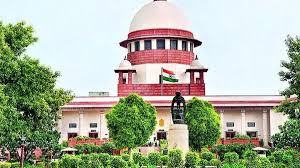




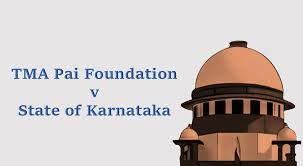

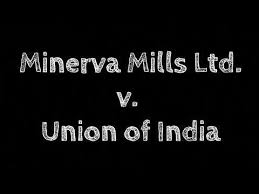
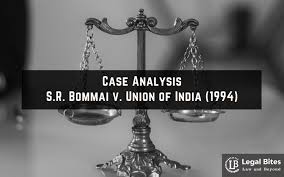





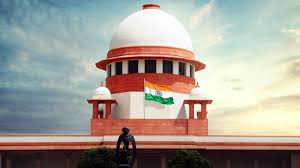


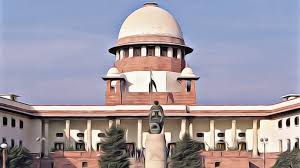

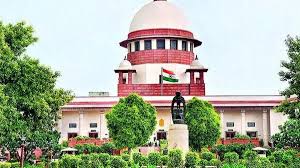









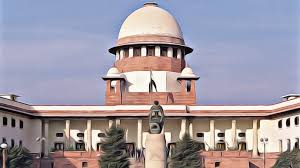







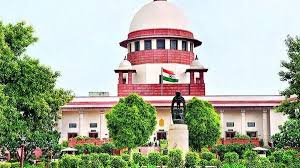
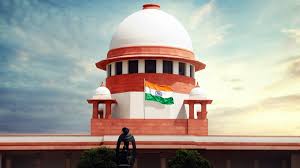



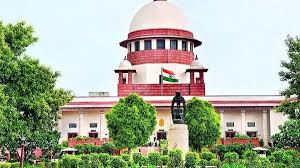

















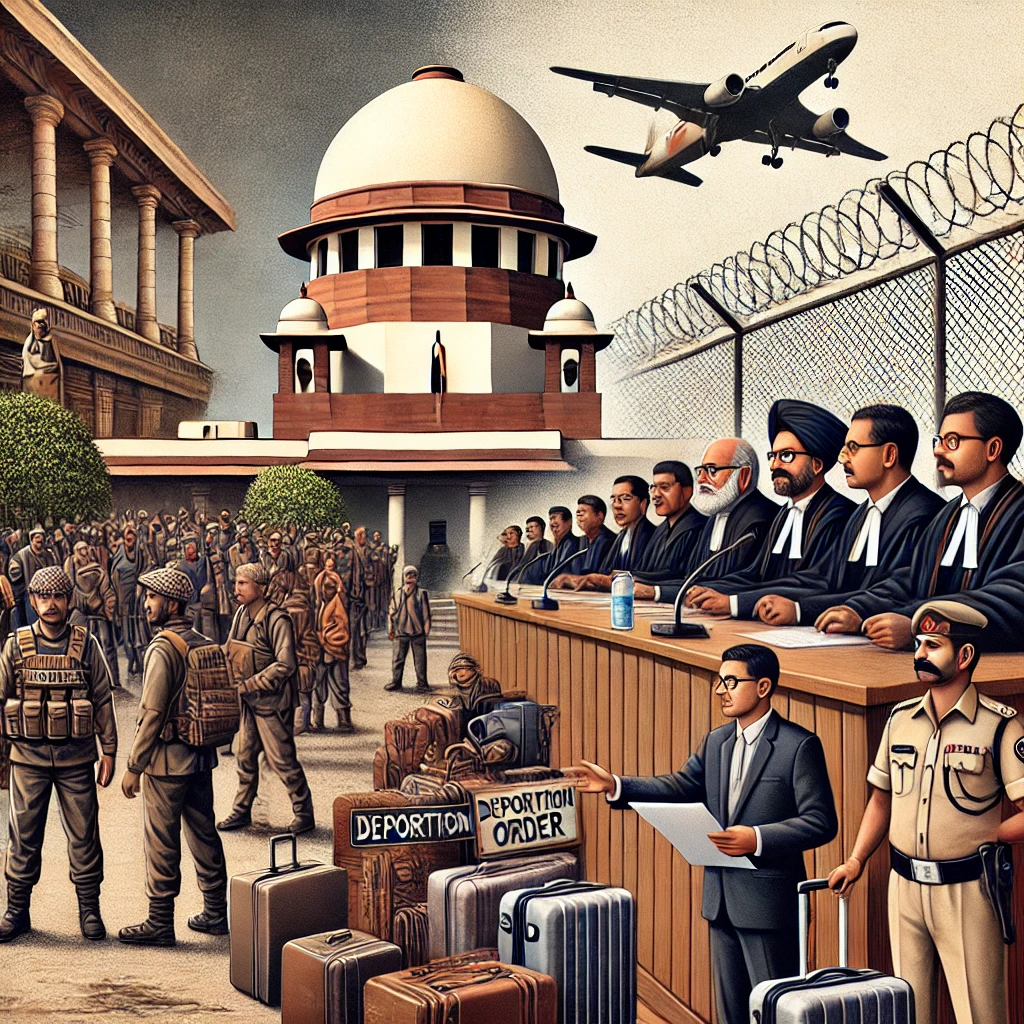
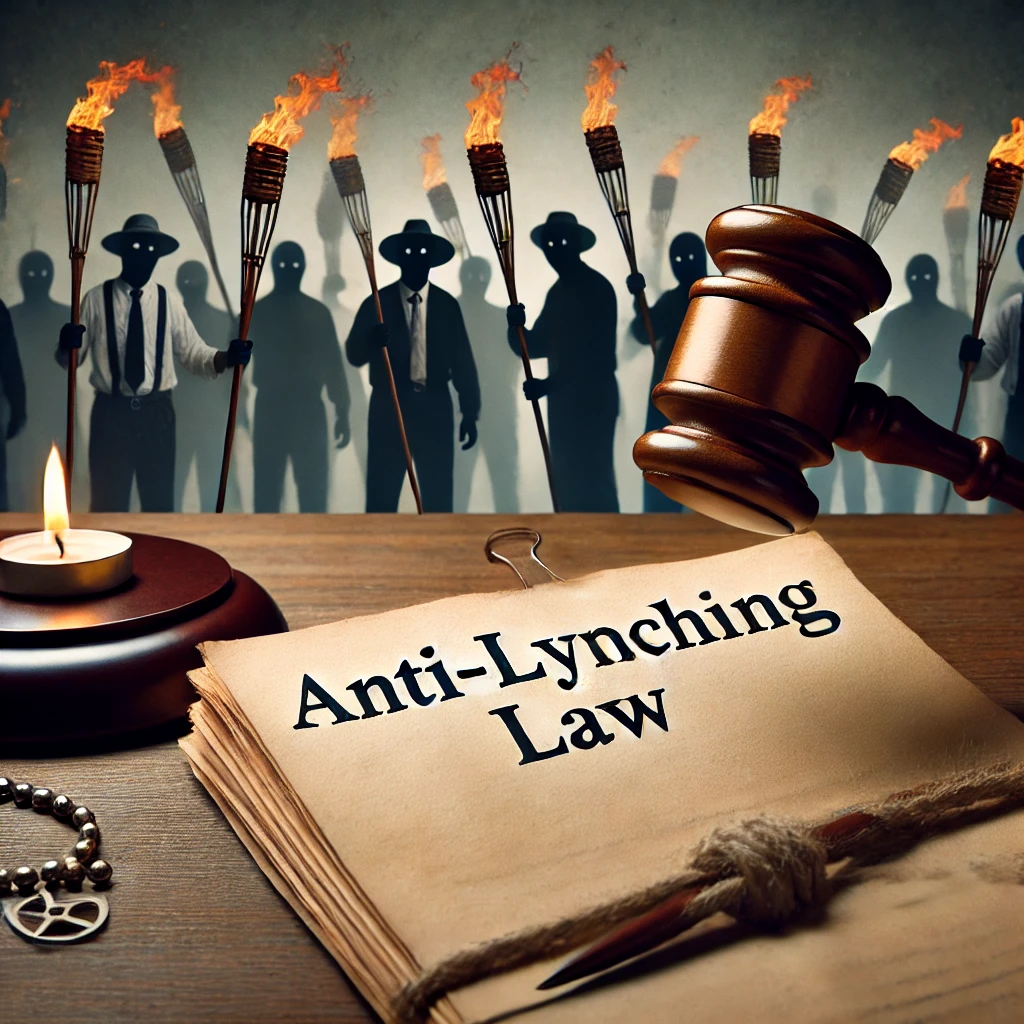
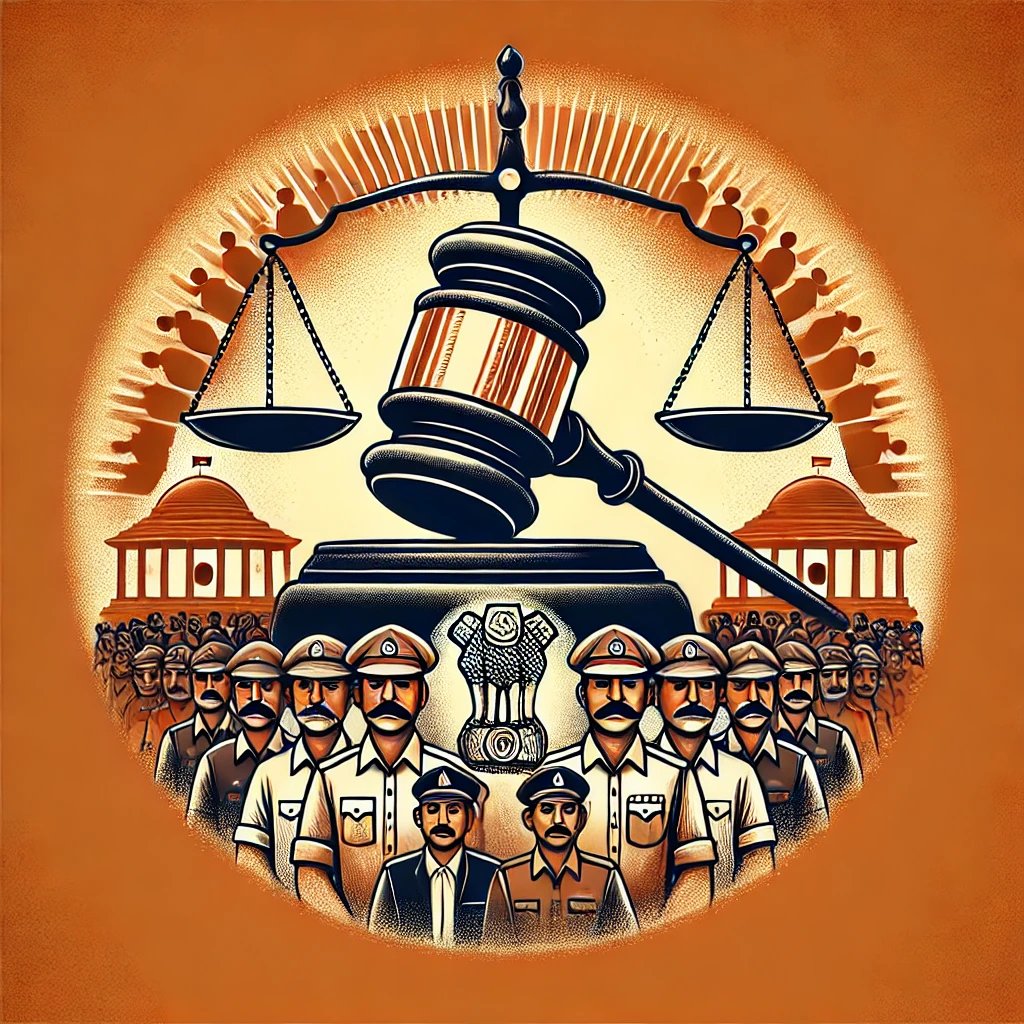

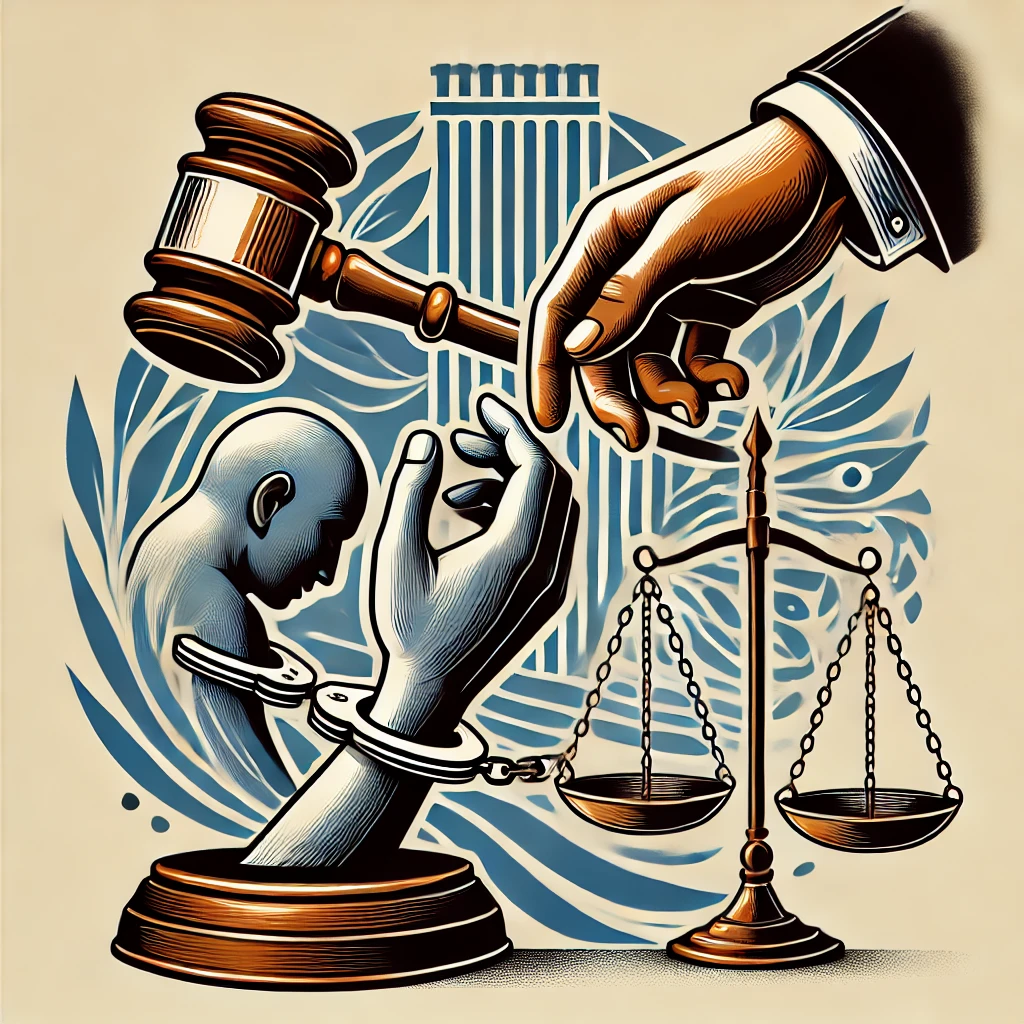
















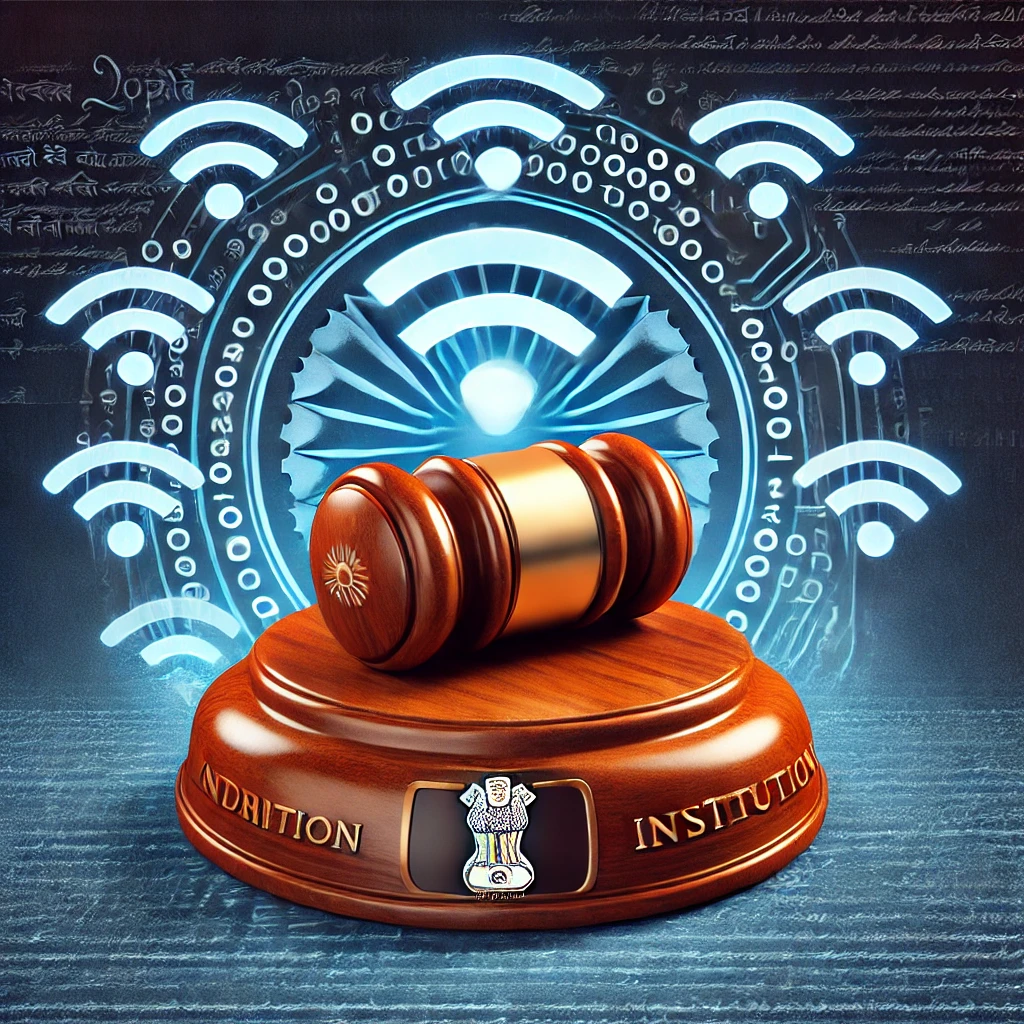




















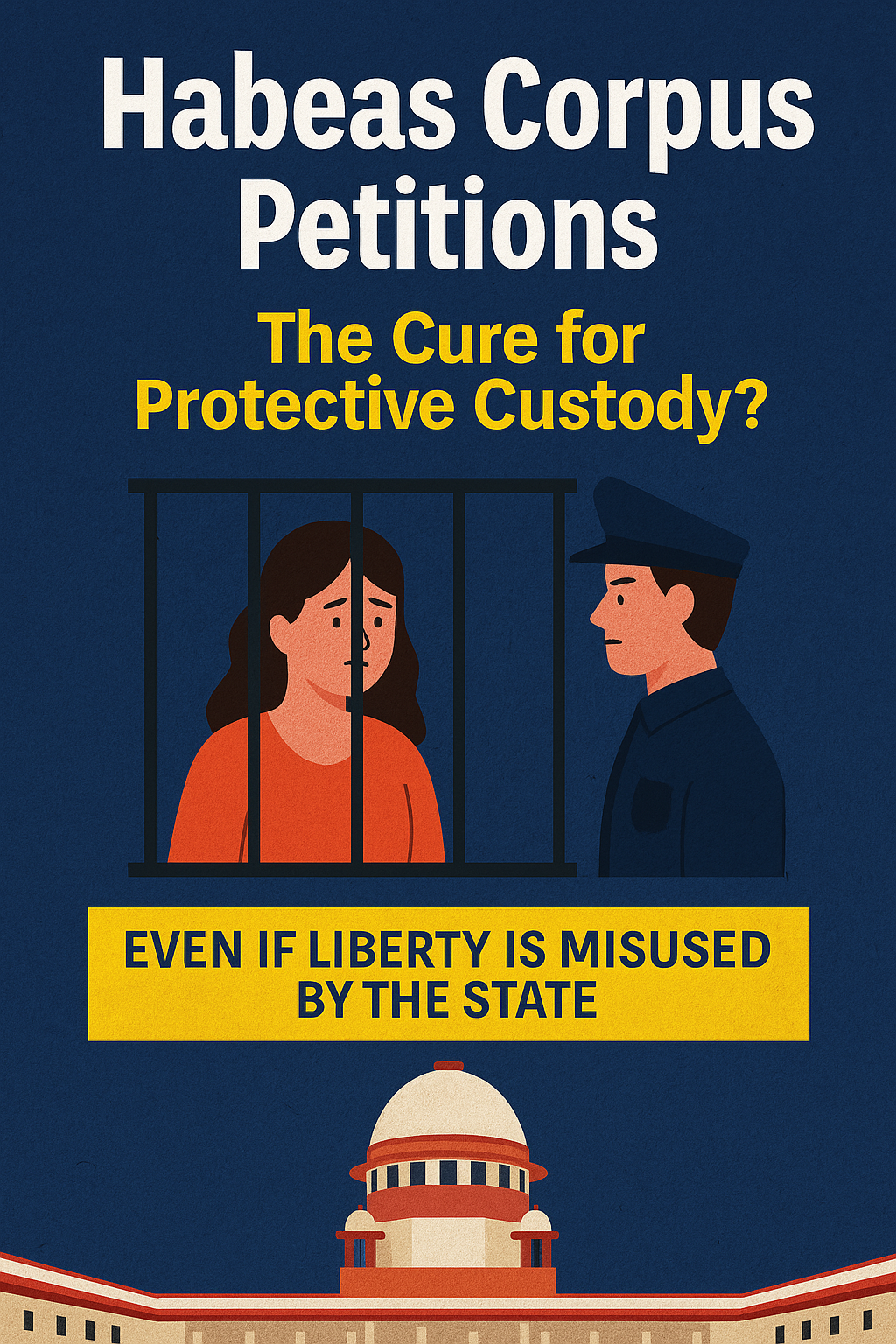




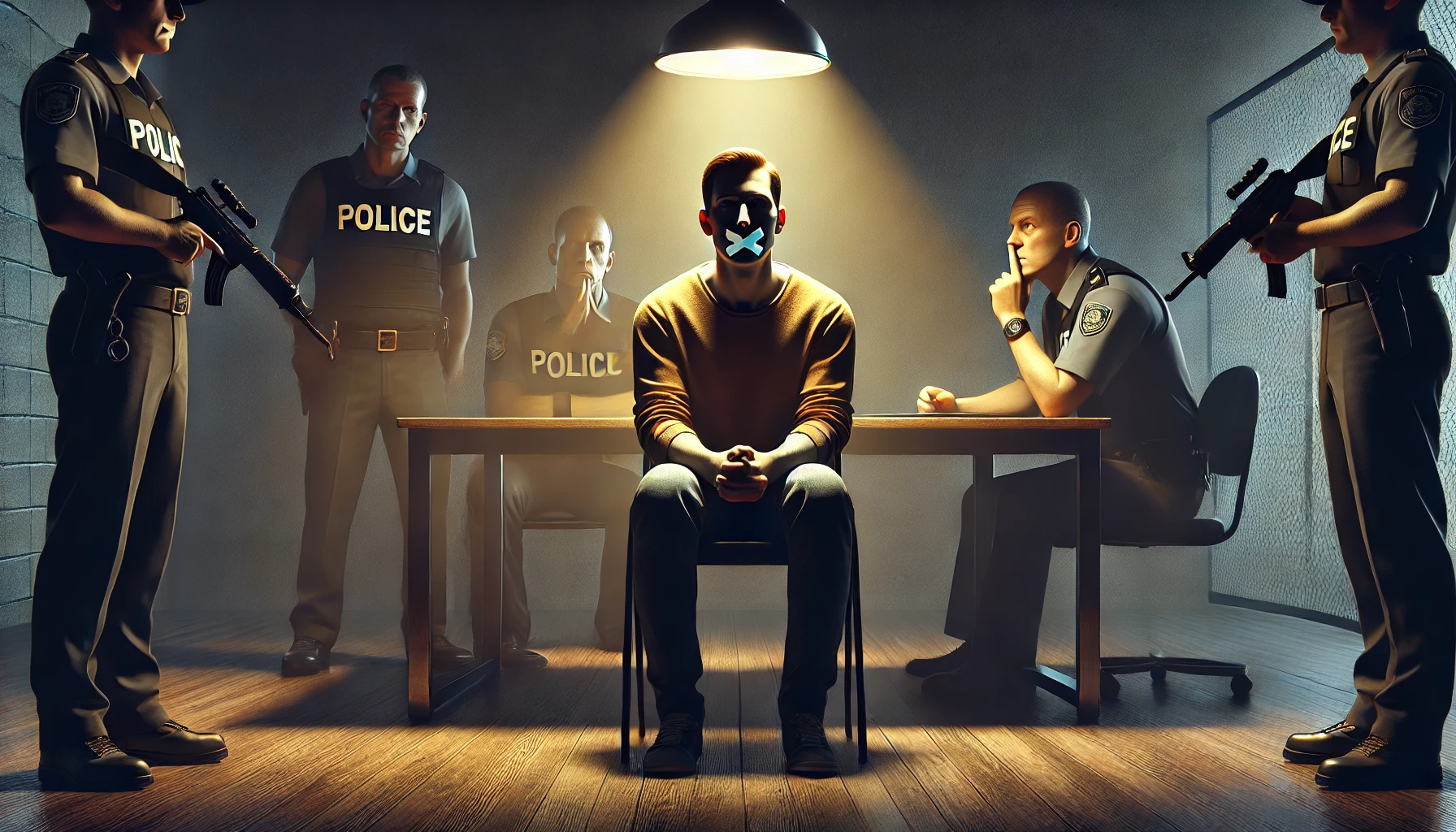








































































































































































































































































































0 comments